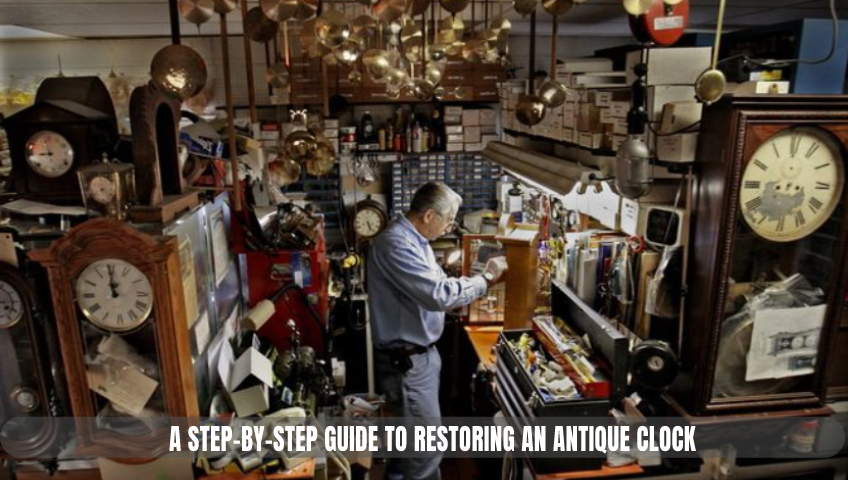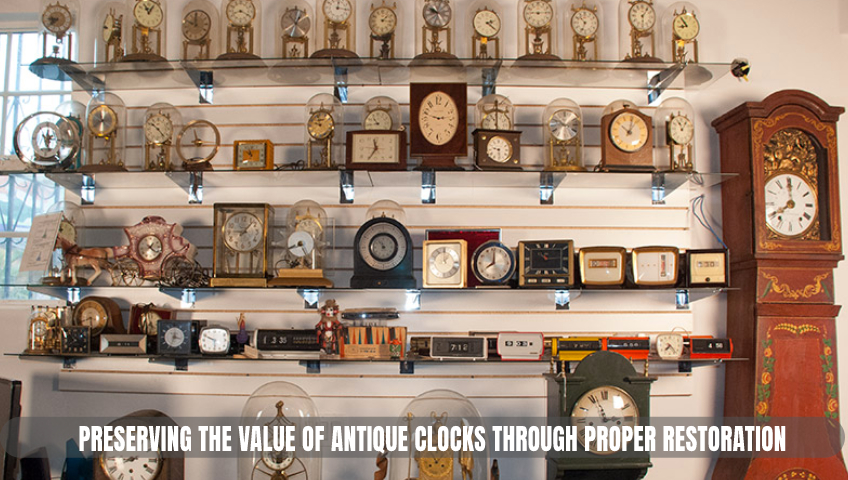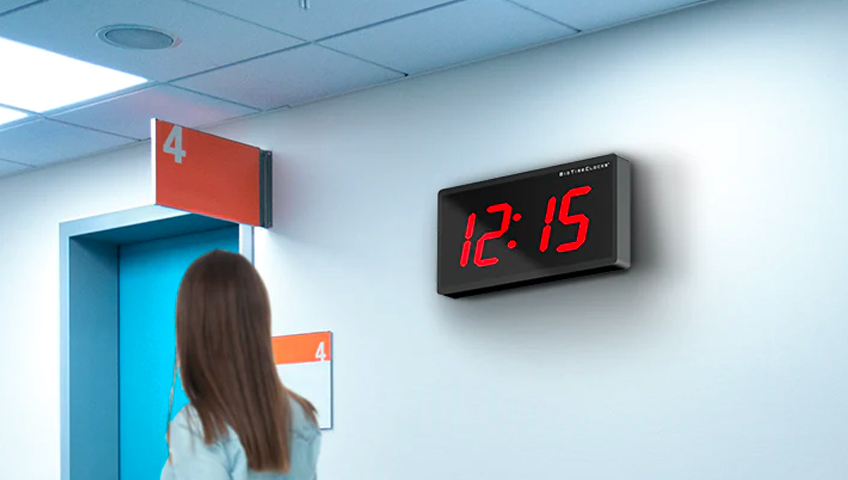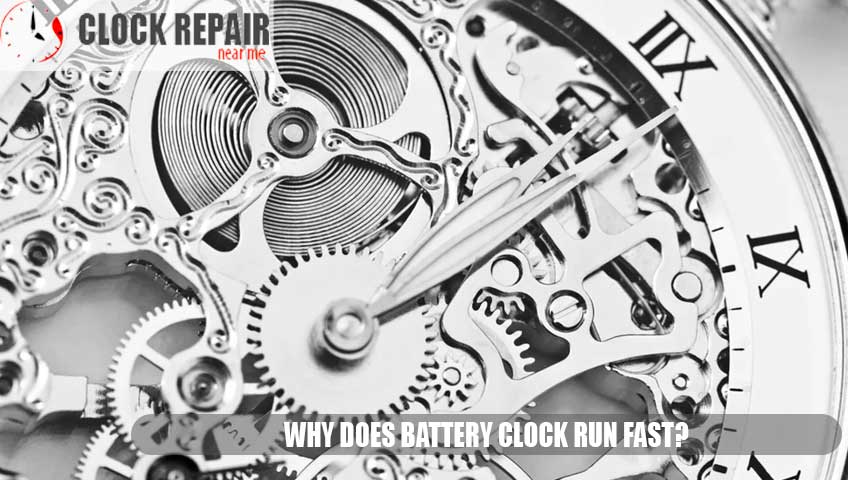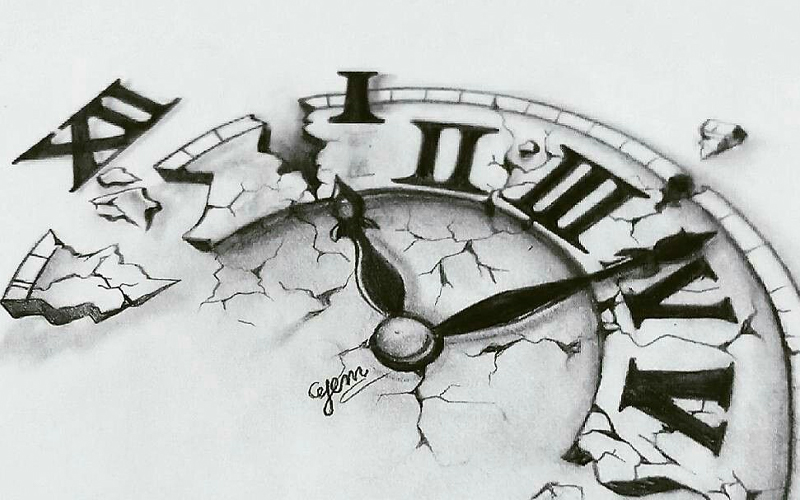This is where antique clock repair and restoration come into play. However, over time, antique clocks can suffer from wear and tear, resulting in malfunctioning or even complete breakdown. Antique clocks are fascinating pieces of history that tell time and preserve memories. Their intricate mechanisms and elegant designs make them valuable not only as functional timepieces, but also as prized possessions that deserve proper care and attention. Antique clock repair involves fixing any mechanical or functional issues with the clock’s movement, gears, and escapement. Depending on the clock’s age, condition, and complexity, this process may require the skills of an experienced horologist who specializes in antique clock repair.
Restoration, on the other hand, goes beyond just repairing the clock’s mechanics. It involves bringing the clock back to its original state, including cleaning, polishing, refinishing, and replacing any missing or damaged parts. This process requires a skilled craftsman who can work with precision and attention to detail to avoid compromising the clock’s authenticity and value. When it comes to antique clock repair and restoration, it’s important to choose a reputable professional who has experience working with antique timepieces. They should be able to provide a thorough assessment of the clock’s condition and provide a detailed estimate of the costs involved in repairing or restoring it.
In addition to finding a qualified professional, it’s also important to take proper care of your antique clock to prevent further damage. This includes keeping it in a stable environment free from humidity and extreme temperatures, winding it regularly, and avoiding unnecessary handling. In conclusion, antique clock repair and restoration is a timeless art that requires both skill and passion. By entrusting your antique timepiece to a qualified professional and taking proper care of it, you can ensure that it will continue to tell time and preserve memories for generations to come.
- A Step-by-Step Guide to Restoring an Antique Clock
- Tools and Techniques Used in Antique Clock Restoration
- Preserving the Value of Antique Clocks through Proper Restoration
- An Overview of the History of Antique Clock Making
- Choosing the Right Professional for Antique Clock Repair
- Maintaining Antique Clocks to Ensure Longevity and Performance
A Step-by-Step Guide to Restoring an Antique Clock
Are you a fan of vintage items? Do you have an antique clock that has been collecting dust for years? Restoring an antique clock can be a rewarding project, reviving its beauty and functionality. In this article, we’ll guide you through the step-by-step process of restoring an antique clock.
Step 1: Disassemble the Clock
The first step in restoring an antique clock is to disassemble it. Carefully remove all the parts of the clock, including the hands, dial, movement, and case. Take pictures or notes of each step to help with reassembly later on.
Step 2: Clean the Parts
Once you have disassembled the clock, it’s time to clean the parts. Use a gentle cleaning solution and soft cloth to remove dirt and grime from the movement, gears, and other components. Be careful not to damage any fragile parts.
Step 3: Inspect and Replace Damaged Parts
Inspect each part of the clock for damage or wear. Replace any damaged or broken parts with new ones. You may need to consult with a professional clock repair technician if you’re unsure about how to replace certain parts.
Step 4: Lubricate the Movement
After cleaning and replacing any damaged parts, it’s time to lubricate the movement. Use a high-quality clock oil to lubricate the gears and other moving parts. This will ensure that the clock runs smoothly and accurately.
Step 5: Reassemble the Clock
Once you’ve cleaned, inspected, and lubricated all the parts, it’s time to reassemble the clock. Follow the notes or pictures you took during the disassembly process to put everything back together in the correct order.
Step 6: Test the Clock
After reassembling the clock, it’s important to test it to ensure everything is working correctly. Wind the clock and set the hands to the correct time. Observe the clock for a few days to ensure it’s keeping time accurately.
In conclusion, restoring an antique clock can be a fun and rewarding project. By following these step-by-step instructions, you can bring your old clock back to life and enjoy its beauty and functionality once again.
Tools and Techniques Used in Antique Clock Restoration
Antique clocks, with their intricate designs and timeless beauty, evoke a sense of nostalgia. Restoring an antique clock to its former glory requires skill, patience, and the right tools and techniques. Whether you are a professional clock restorer or a DIY enthusiast, understanding the tools and techniques used in antique clock restoration is essential.
The first step in restoring an antique clock is to identify the problem. This may involve taking the clock apart to assess the damage. Once you have identified the issue, you can begin the restoration process using the appropriate tools.
One essential tool for antique clock restoration is a set of screwdrivers. Clocks often have tiny screws that require specialized screwdrivers of various sizes. Using the wrong size screwdriver can cause damage to the screws or the surrounding areas, making restoration more difficult.
Another important tool is the pivot polisher. This tool is used to polish the pivots, which are the small pieces that hold the clock’s gears in place. Pivots can become worn or damaged over time, causing the clock to malfunction. The pivot polisher restores the pivots to their original smoothness, allowing the gears to move freely and accurately.
In addition to these specific tools, general tools like pliers, tweezers, and wire cutters are also useful in antique clock restoration. These tools are used to manipulate and adjust the clock’s parts as necessary.
Techniques used in antique clock restoration include cleaning, oiling, and adjusting the clock’s parts. The cleaning process involves removing dirt and debris from the clock’s components. Oiling is required to ensure that the clock’s parts move smoothly. Adjusting the clock’s parts to the correct specifications ensures that the clock keeps accurate time.
In conclusion, antique clock restoration is a skilled and rewarding activity that requires an understanding of the tools and techniques involved. With the right tools and techniques, anyone can restore an antique clock to its former glory. Whether you are a beginner or an experienced clock restorer, taking the time to learn and understand the tools and techniques used in antique clock restoration is essential to achieving successful results.
Preserving the Value of Antique Clocks through Proper Restoration
Antique clocks are not only valuable for their age and rarity, but also for the intricate artistry and craftsmanship involved in their creation. However, as with any antique item, they require proper care and maintenance to retain their value and beauty. Proper restoration is crucial to ensure that an antique clock remains functional and aesthetically pleasing. The first step in preserving the value of an antique clock is to find a reputable and experienced restorer. Look for someone who specializes in clocks and has a proven track record of restoring similar pieces. It is also important to research their methods and materials to ensure that they follow industry standards and use high-quality materials.
Once you have found a restorer, it is essential to communicate your expectations clearly. Discuss your goals for the restoration, including any desired changes or repairs, and ask questions about their process. A good restorer will be happy to explain their methods and provide updates throughout the restoration process. During the restoration process, it is important to be patient and resist the urge to rush the restorer. Rushing a restoration can result in shoddy workmanship and decreased value for the antique clock. Instead, trust the expertise of the restorer and allow them to take the necessary time to complete the restoration properly.
In addition to finding a skilled restorer and communicating effectively, there are other ways to preserve the value of antique clocks. Regular maintenance, such as cleaning and oiling, can help prevent damage and prolong the life of the clock. It is also important to display the clock in a proper environment, free from fluctuations in temperature and humidity. Preserving the value of antique clocks through proper restoration requires careful attention and dedication. Taking the time to find a skilled restorer, communicating effectively, and practicing regular maintenance can help ensure that these timeless treasures remain beautiful and functional for generations to come.
An Overview of the History of Antique Clock Making
Antique clocks are fascinating pieces of history that have been admired for centuries. These timepieces were crafted with intricate designs and impressive mechanisms, making them more than just a tool to tell time. In this article, we will take a closer look at the history of antique clock making. Antique clocks have been around since the 15th century when mechanical clocks first emerged in Europe. During this time, clocks were not yet considered decorative items, but rather practical tools for measuring time. The earliest clocks were mainly made from iron and brass, and their designs were simple and straightforward. As the demand for more accurate timekeeping grew, clockmakers began experimenting with new materials and designs. They started incorporating ornate decorations, such as intricate carvings, enamel work, and even precious stones. This led to the emergence of the first decorative clocks, which were primarily owned by wealthy individuals and royalty.
In the 18th and 19th centuries, clockmaking became an art form, and some of the most exquisite antique clocks were created during this time. Clockmakers began using more complicated mechanisms, such as pendulums and chimes, to enhance the accuracy and functionality of their creations. This period also saw the emergence of different clock styles, including the famous grandfather clock. Grandfather clocks had long cases that contained the pendulum and weights, and they were often elaborately decorated with detailed carvings and painted dials. As the 20th century rolled around, antique clockmaking experienced a decline due to the rise of electric clocks. However, there are still many antique clock enthusiasts and collectors worldwide who continue to appreciate the beauty and craftsmanship of these timepieces. In conclusion, antique clockmaking has a rich and fascinating history that spans centuries. From the simplicity of the early clocks to the intricate designs and mechanisms of the later ones, antique clocks remain an essential part of our cultural heritage. Whether you are a collector or simply an admirer, antique clocks are sure to leave a lasting impression.
Choosing the Right Professional for Antique Clock Repair
Antique clocks are treasures that require special attention and care to maintain their value and beauty. Whether it’s a family heirloom or an investment, choosing the right professional for antique clock repair near me is crucial. In this article, we’ll outline some tips to help you find the best person for the job. Firstly, it’s essential to do your research. Look for certified professionals who specialize in antique clock repair. Check online reviews and ask for referrals from other collectors or enthusiasts. Make sure the person you choose has experience repairing clocks similar to yours. Ask about their training and certifications to ensure they have the necessary expertise.
Secondly, consider the location of the professional. Ideally, you want to choose someone who is nearby, so you don’t have to travel far with your precious antique clock. This way, you can also visit their workshop or store to see how they work and ask any questions you may have. Thirdly, get a quote before committing to any repairs. Reputable professionals will be happy to give you an estimate of the cost and time needed for the repair. Be wary of anyone who asks for payment upfront without providing a detailed breakdown of the costs involved.
Fourthly, check the warranty and guarantees offered by the professional. A good repair person should provide a guarantee for their work, so you can be assured that the repair will last. Don’t be afraid to ask for details on their warranty policy and what it covers. Lastly, trust your instincts. If something seems off or too good to be true, it probably is. Choose someone who communicates well, is transparent about the repair process, and has a genuine interest in preserving your antique clock. In conclusion, choosing the right professional for antique clock repair requires some research and careful consideration. By following these tips, you can find a trusted and skilled professional who will help you preserve the value and beauty of your antique clock for years to come.
Maintaining Antique Clocks to Ensure Longevity and Performance
Antique clocks are more than just timepieces. They are treasured possessions that embody the skill and craftsmanship of a bygone era. Whether you’re an avid collector or inherited an antique clock from a loved one, it’s essential to take proper care of these delicate devices to ensure their longevity and performance.
The first step in maintaining your antique clock is to keep it clean. Dust and dirt can accumulate on the clock’s surface and inside its intricate mechanism, causing unnecessary wear and tear. Use a soft, dry cloth to wipe down the clock’s exterior regularly. Avoid using any cleaning agents or water, as they can damage the clock’s delicate finish.
Next, inspect the clock’s movement and oil it regularly. Antique clocks depend on a complex system of gears, springs, and other moving parts to function correctly. Over time, these components can become stiff or worn, leading to inaccurate timekeeping or complete failure. Applying a high-quality clock oil to the clock’s movement will help lubricate these parts and prevent damage.
It’s also crucial to avoid exposing your antique clock to extreme temperatures or humidity. Store your clock in a room with stable temperature and humidity levels, away from direct sunlight and sources of heat or moisture. Any sudden changes in these environmental factors can cause your clock’s wood to warp, metal to rust, or other components to malfunction.
Finally, be sure to have your antique clock serviced regularly by a professional clockmaker. Even with proper maintenance, antique clocks may still require repair or adjustment over time. A skilled clockmaker can diagnose and fix any issues with your clock, ensuring it continues to perform flawlessly for years to come.
In conclusion, owning an antique clock is a real joy, but it also comes with a responsibility to maintain its longevity and performance. By following these simple tips, you can preserve your clock’s beauty and functionality for generations to come.


